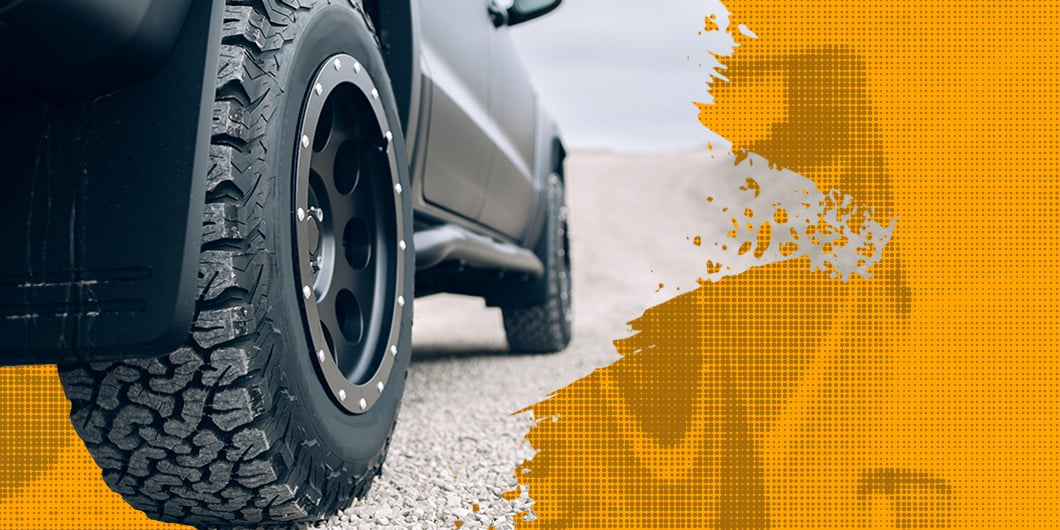If you drive a 4x4, you've probably heard the AWD tire replacement myth: that you can't just replace one or two tires at a time—you've got to replace all four. If you've come here looking for reassurance that this isn't true, we're sorry to tell you it's more fact than myth.
But are there any exceptions to the rule? Is it really that dangerous to swap out tires one by one on your 4x4? Here's what to know.
Key Takeaways:
- The AWD replacement myth is that you have to replace all four tires at once on an all-wheel drive or 4x4 vehicle.
- It's almost always best to replace all four tires on your AWD vehicle because of the way the computer distributes torque to each tire.
- There may be some exceptions if you need to repair or replace one tire or one pair of tires from a newer set, such as patching a damaged tire or shaving new tires to match the old treads.



